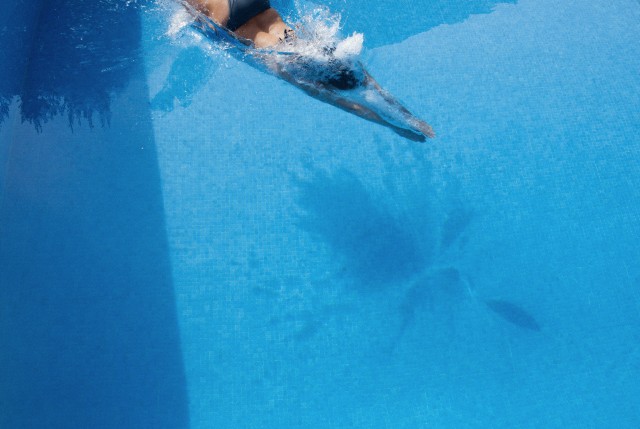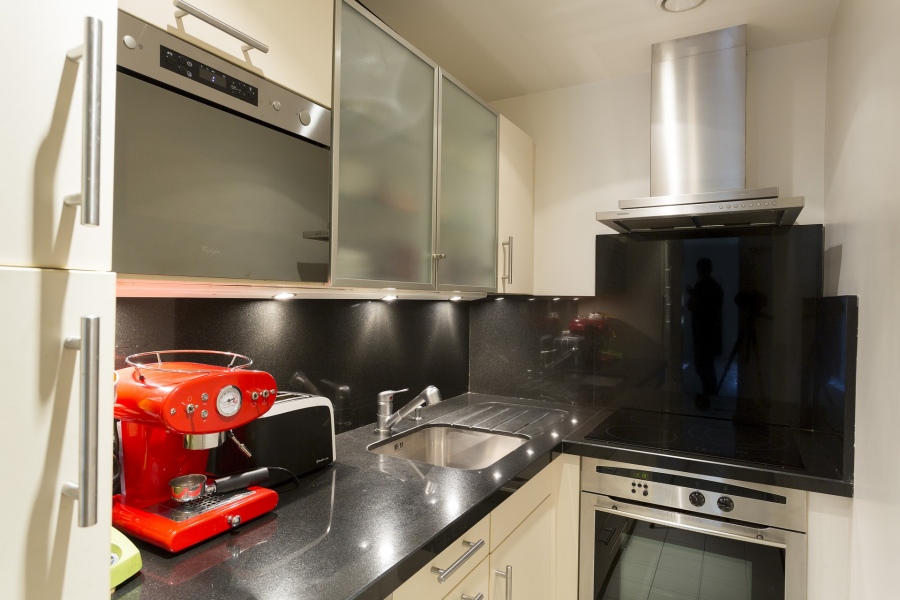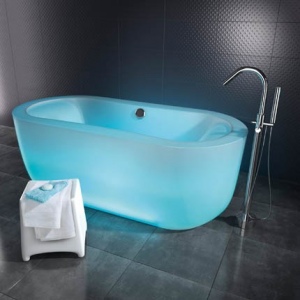Nothing is more inviting than a gorgeous, sparkling blue pool. But of course, a swimming pool doesn’t acquire that crystal clear water all on its own. Pools require regular maintenance throughout the year in order to make sure they are in pristine condition when summer rolls around.
Spring
As temperatures begin to really heat up towards the tail end of spring, that’s your signal to prepare your pool for the joys of summer. Since your pool has been essentially dormant throughout the winter, there are some things you’ll need to do in order to “summerize” it.
- Use leaf nets on long poles to remove any debris that has collected on the pool cover over the long winter months. You don’t want that mess falling into the pool.
- Get as much water off of the cover as possible by using a pump.
- Now it’s time to remove the pool cover. Give it a good clean, and let it dry in the sun. Roll it up and store it in a safe place.
- Give the pool a thorough once over look for any cracks in the lining, loose wall fittings, etc.
- Uncover your pump and replace the drain plugs, check the pressure gauge, lubricate dry O-rings, and so forth.
- Fill the pool with water until it reaches the center on the skimmer faceplate.
- Observe any leaks in the pump.
- Add chlorine shock to the pool (1lb per 10,000 gallons of water) and test the pH around twelve hours later. Add additional chemicals if needed.
Summer
Summer is pool season! Time to get out your swimsuit, goggles, sunscreen, and lounge chairs! If you want to keep enjoying the blessedly cool relief of your pool, you’ll have to take good care of it that means pool maintenance should become part of your daily routine.
- Check the pool’s pH regularly and add chemicals as needed. Perform a shock treatment occasionally to clear the pool of algae and other contaminants. Invest in some replacement filter cartridges to optimize the pool filtration system.
- Observe the water level and add water when needed.
- Use a leaf skimmer to remove any large, floating debris.
- Keep a sharp eye out for any obvious damage that requires repair.
- Let the pool filter run for 8 to 12 hours a day at the very least. This may be a good time to look at replacement pool filter cartridges.
- Add chlorine to the pool by using a chlorine floater, automatic chlorinator, or granular chlorine.
- Every swimming pool is different so make sure you have all the essentials tools and gadgets to care for your pool, such as temperature sensors, test kits, skimmers, vacuums, etc.
Fall
The brilliant summer sunshine is waning, which unfortunately means it’s time to close up the swimming pool. You need to take special care in the process of “winterizing” your pool to ensure that it will be with you for yet another summer season.
- Remove debris from your pool leaves, bugs, toys, and anything that else that may have fallen in there.
- You can purchase a pool winterizing kit that has all the essential chemicals, or if this isn’t your first rodeo you can make your own chlorine, alkalizer, and algaecide mixture. The important thing is to add enough chemicals to keep your pool contaminant free through the long winter months.
- Drain the pool water until it is a few inches below the skimmer faceplate.
- Remove and store filter and hoses in a safe place.
- Place an inner tube or commercially available inflatable winter pillow in the center of the pool, then stretch the pool cover over the entire pool. Make sure the pool cover is really secure by running a thin wire through the holes and tightening it with a wrench.
Winter
Now the swimming pool has officially been put to bed. You’ll still need to check in on it to make sure the cover hasn’t slipped and there are no obvious signs of damage necessitating repair. If you take good care of your swimming pool, you will reap the benefits come summer!
Featured images:
License: Royalty Free or iStock
source: http://www.corbisimages.com/stock-photo/royalty-free/42-47252670/woman-swimming-in-pool?popup=1
Written by Thomas of Pool Guy Supply, where they make you the pool professional.





